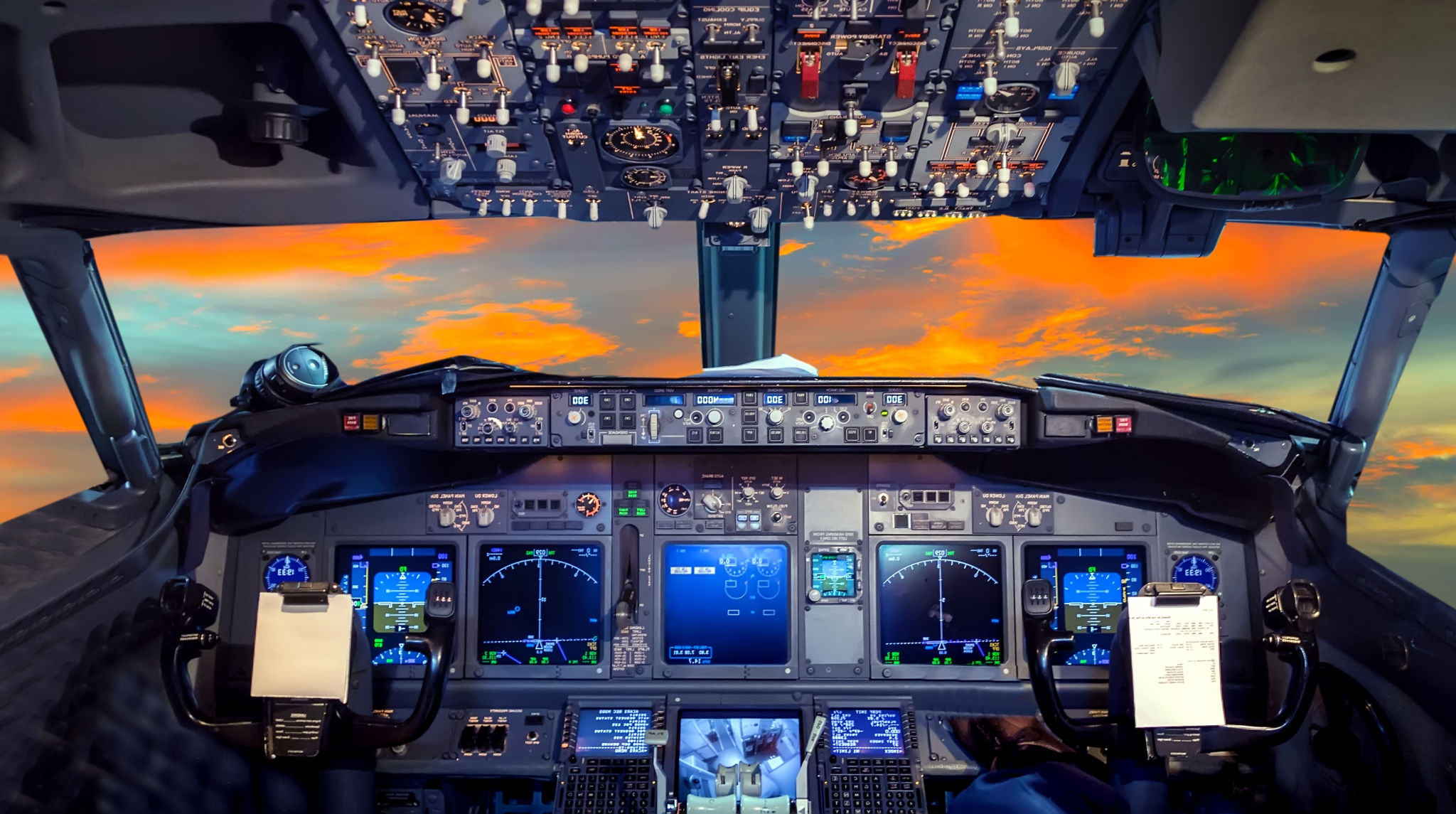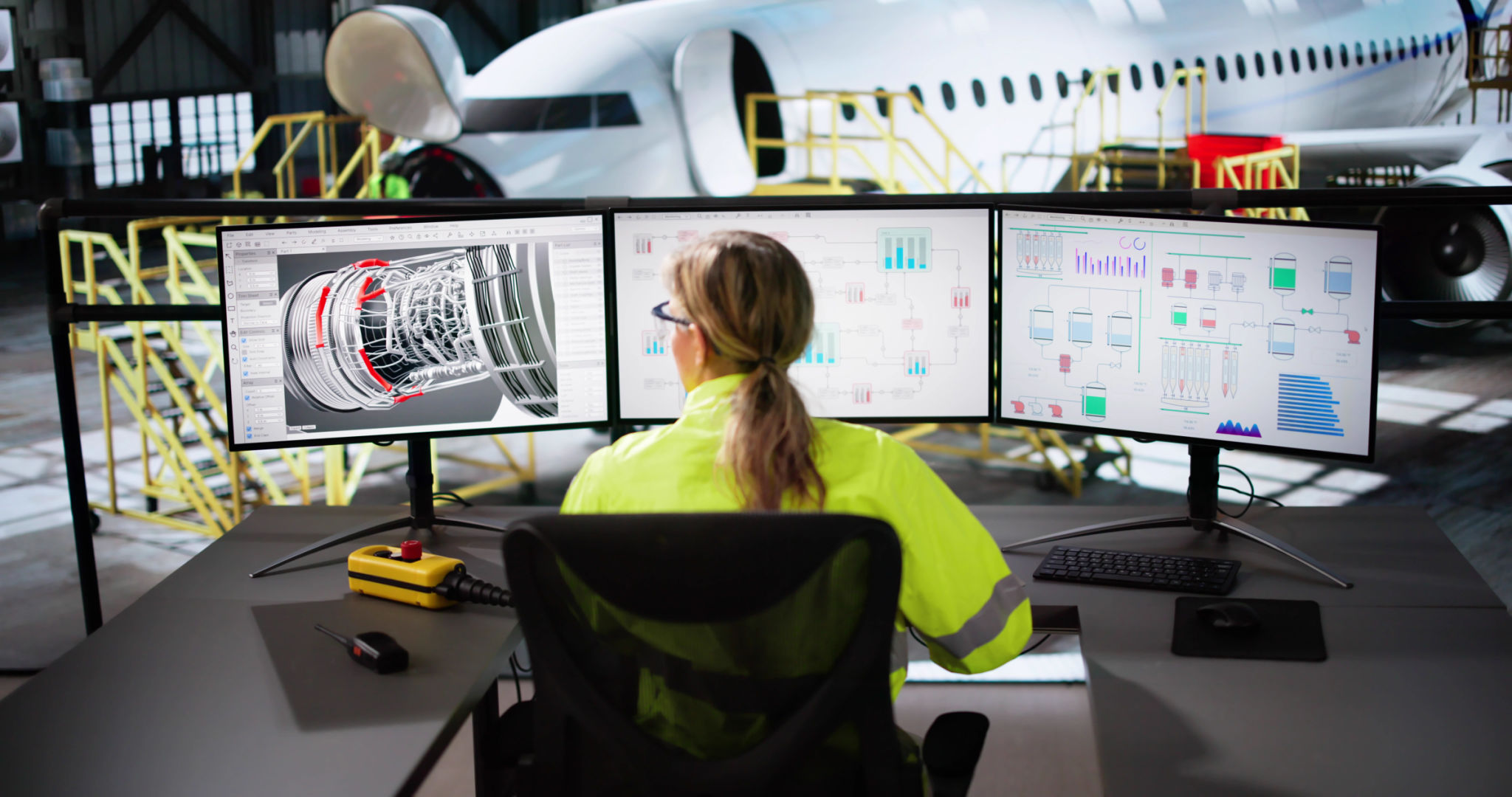Avoiding Common Aviation Technology Misconceptions
Understanding Aviation Technology
In an industry as complex and dynamic as aviation, technology plays a crucial role in ensuring safety, efficiency, and reliability. However, many misconceptions about aviation technology persist, sometimes leading to misinformation or unwarranted concerns. In this post, we aim to debunk some of these common myths and provide a clearer understanding of the technologies that keep our skies safe.

The Myth of Autopilot Independence
One of the most common misconceptions is that modern aircraft can fly entirely on autopilot without any human intervention. While autopilot systems are indeed sophisticated and capable of handling many tasks, they are not designed to replace human pilots. Instead, these systems assist pilots by managing routine tasks such as maintaining altitude and course. **Pilots remain essential** for decision-making, particularly in unexpected situations or emergencies.
Autopilot technology enhances safety by reducing pilot workload and minimizing human error. However, the ultimate responsibility for the flight always rests with the cockpit crew. Pilots must continuously monitor the systems and be ready to take over at any moment.
GPS vs. Traditional Navigation Systems
Another misconception is that GPS has completely replaced traditional navigation systems in aviation. While GPS is a critical component of modern navigation, it works in conjunction with other systems such as VOR (VHF Omnidirectional Range) and ILS (Instrument Landing System). These traditional systems provide redundant layers of navigation accuracy, which are vital for safe operations.

Aviation regulations often require multiple navigation systems to ensure reliability under various conditions. This multi-system approach ensures that if one system fails or is unavailable, others can compensate, maintaining navigational integrity.
Misunderstandings About Aircraft Communication
Communication technologies in aviation are also frequently misunderstood. Contrary to some beliefs, aircraft are not solely reliant on satellite communications. While satellite systems are used for certain operations, **VHF radio remains the primary means** of communication between pilots and air traffic control.
In addition to VHF radio, aircraft use HF (High Frequency) radios for long-range communication over oceans or remote areas. These various communication channels ensure that pilots can maintain contact with ground stations and air traffic controllers at all times.
The Role of Artificial Intelligence in Aviation
A growing area of interest is the role of artificial intelligence (AI) in aviation technology. Some fear that AI could eventually replace human pilots. However, the current focus of AI in aviation is on augmenting human capabilities, not replacing them. AI systems assist with tasks such as predictive maintenance and optimizing flight paths to improve fuel efficiency.

AI's potential lies in its ability to process vast amounts of data quickly, providing insights that can enhance decision-making processes. This collaborative approach between human expertise and AI technology leads to safer and more efficient flights.
Conclusion: Fostering Informed Perspectives
Understanding the realities of aviation technology helps dispel myths and fosters informed perspectives about air travel safety and innovation. As technology continues to evolve, staying informed will be crucial for passengers, industry professionals, and enthusiasts alike. By appreciating both the capabilities and limitations of aviation technologies, we can better appreciate the intricate systems that ensure our skies remain among the safest ways to travel.
